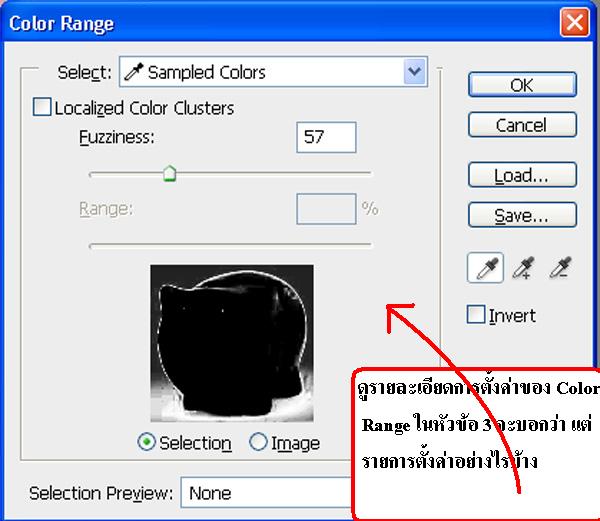

The Adjustment Brush in Lightroom is a tool that allows you to make adjustment to only certain areas of an image by “painting” the adjustment on where you want it. If you aren’t familiar with how to use this popular and powerful tool, just wait until you see everything it can do! The adjustment brush is a great way to enhance your photos! What is the Adjustment Brush Tool?

Have you ever had a photo that needed some adjusting or editing in certain areas, but not in others? This is exactly what the Lightroom Adjustment Brush tool is for. If you are looking for an editing shortcut – you’ll love our Cole’s Classroom adjustment brush presets! Click here right now to check em out, they are on sale today! Six years old but the steps are applicable.Inside this tutorial you’re going to learn how to use the Lightroom Adjustment Brush. Here is a video on how to convert a negative image to a positive image. This request would tie in nicely with the automated faded color function request. I have also been able to get close to what I desire and then use the ML color match but again, that reverts the image back to a negative image. I've tried the ML color enhancement but that doesn't work because it reverts the image back to the negative image. It is labor intensive but you can often get a good result. This is true for Lightroom and Pixelmator. Many of the sliders work backwards because you have inverted the RGB curve. The basic steps to do the conversion consist of importing the digital photo into Lightroom or Pixelmator consist of opening the file, inverting the RGB curve, adjusting the white balance, and adjusting the various color settings to get the desired result. I would rather use Pixelmator as a plugin to Apple's iPhoto or do the conversion in Pixelmator and then import the results into Photos.

However, Negative Lab Pro is setup as a plug-in for Lightroom and I really don't want to be locked into a permanent subscription to Lightroom. In addition there is, from what I can tell, a very good program called Negative Lab Pro that does the conversion and color adjustment. There are videos out there showing how negative images can be converted to positive images in Lightroom or Photoshop and then the color corrected to make them look more natural or at least more like the original before fading. This winter I'm working on the medium format photos so I will be digitizing them with a light table, macro lens and a digital camera. I did many of the 35mm photos last year using a film scanner and Vuescan. I am in the process of digitizing my family's old photos including many from the 1940s on.


 0 kommentar(er)
0 kommentar(er)
